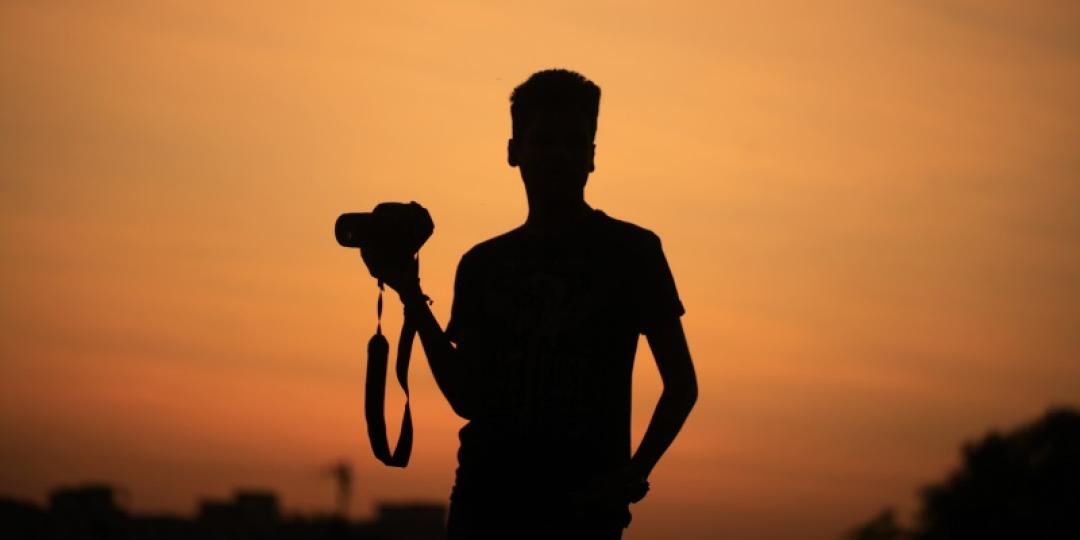The Mara Triangle in Kenya has much to offer photographers – both amateurs and professionals. From hot air balloons at sunrise, to dramatic afternoon thunderstorms, there is an abundance of inspiration to be found throughout year, with even beginners being able to snap some impressive shots.

Private photographer from Angama Mara, Adam Bannister provides Tourism Update with his five top tips for capturing the perfect moment in the Mara Triangle.
- Visualise your shots before you take them
Some people fire away with their cameras and expect miracles, explains Bannister. First, he says, you need to try and imagine what you are hoping to achieve, as this will impact how you should set up the camera. By focusing on the intended end result, there’s a better chance of success in securing the perfect image.

Credits: Mark Stern, submitted for the Greatest Maasai Mara Photographer of the Year competition.
- Know your camera
Bannister says having the best or most expensive camera is not important; however it is vital to know your camera backwards. “Interrogate what every button does when pushed – that way you can be sure to get the most out of your current camera set-up,” he adds.

Credits: Gjermund Hansen, submitted for the Greatest Maasai Mara Photographer of the Year competition.
- Simple backgrounds are best
It is not always possible but you should try be mindful of the background and photograph subjects in front of the least distracting background possible, explains Bannister, as complicated backgrounds mean you lose the subject in the melee.

Credits: Usha Harish, submitted for the Greatest Maasai Mara Photographer of the Year competition.
- Keep post-processing in mind
“These days editing is a crucial part of the photographic process. I would even go so far as to say that it is near impossible to be a good photographer without a solid grasp of editing,” says Bannister. He says it is good practice to develop editing skills and then take photographs with this process in mind. “By knowing the capabilities of tools such as Lightroom and Photoshop, you will instinctively know what you can fix, straighten and adjust – but remember, you can never bring a subject that’s out of focus back into focus,” he says.

Credits: Fabrizio Bignotti, submitted for the Greatest Maasai Mara Photographer of the Year competition.
- Review pictures daily on a computer
It does not help to simply shoot thousands of photographs in the Mara only to play them back for the first time on your return home, explains Bannister. “You need to constantly review your images to see if you are making any mistakes. Photography is a constant journey of experimentation and learning.”

Credits: Katherine Steinfield, submitted for the Greatest Maasai Mara Photographer of the Year competition.
Last year, the Angama Photographic Studio was launched, where guests can spend time with Bannister and the photographic team for one-on-one tutorials on ‘shooting off auto’. Guests can also edit up to 15 photographs and learn how to make the most of the tools available.

Guests who would prefer more time with photography experts while in the reserve can book a private photographic safari with an in-house expert guide who will advise them on how to make the most of different lighting and angles to capture professional quality imagery.
There is also a range of specialist photographic equipment available for hire, ranging from lenses through to tripods, along with a photographic printer so guests can take some souvenirs home in the form of A3 prints.
Photography competition
To take their photography to the next level, travellers can enter the Greatest Maasai Mara Photographer of the Year competition, run by Angama Mara. The best work will receive US$10 000 and a five-night, all-inclusive stay at Angama Mara.
For more details and to enter, click here.






















